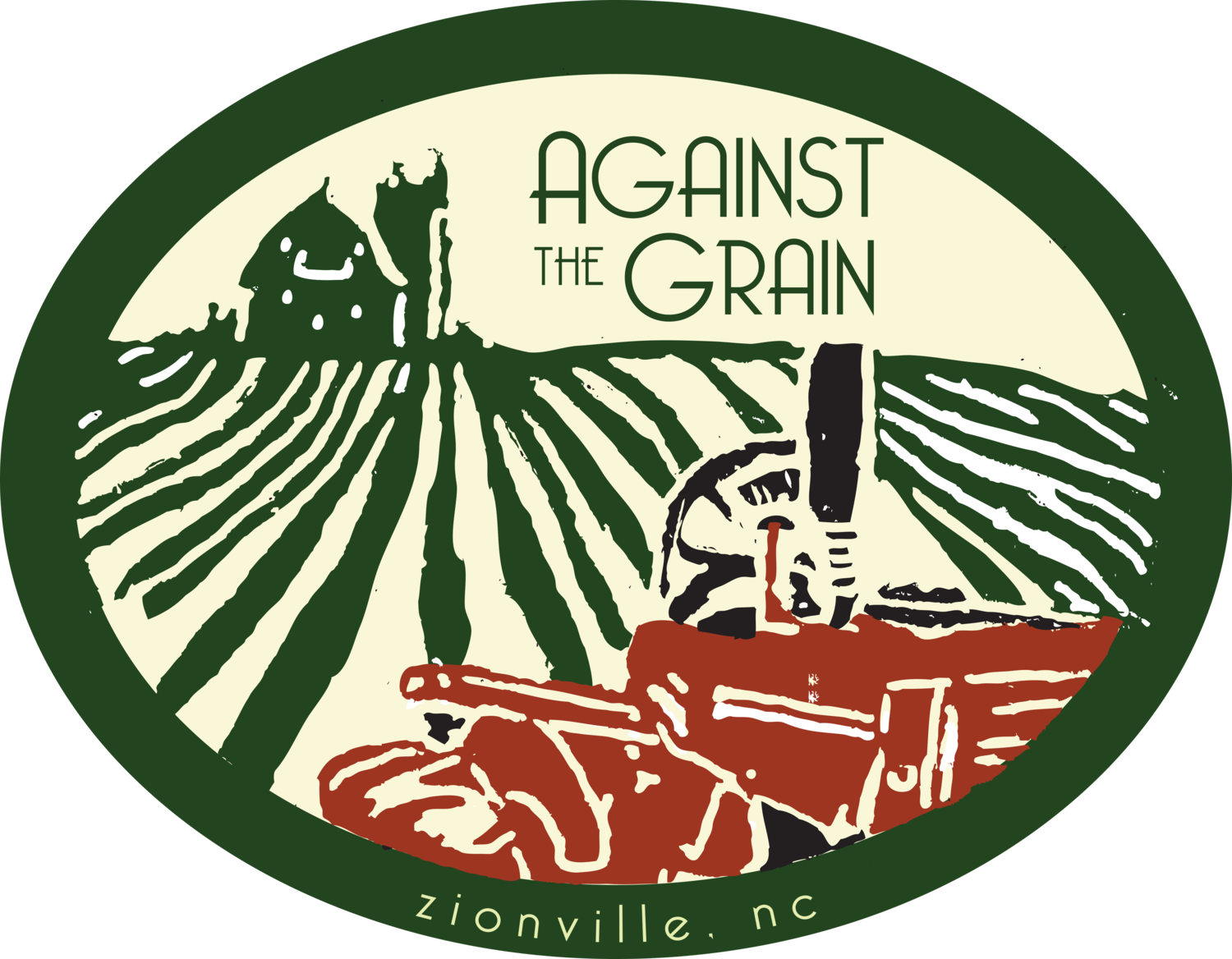The rain events of the past weeks are yielded to warm sunny days this week. Here on the farm, the fields are quickly changing face as crop debris and weeds are gathered for compost and the new beds show dark earth perfect for sowing and planting. The crew is working hard on all phases of farming: harvesting, washing, filling orders, packing CSA boxes, preparing beds, planting, sowing, weeding; and capital improvements grow to the sound of sawing and hammering and a general buzzing of all kinds.
But there's another buzzing in the air, quieter than the human kind, yet still critical: the fall nectar flow has begun, and the bees know it won't be long until the cold weather. Yellow wingstem and wild goldenrods of several kinds are blooming, and soon the purple and pink fall asters will show. These are the final honey flows of the year, as the bees fly with increased intensity and return to the hive, packing every available cell in every comb with the distinctive-tasting winter honey.
Within the hive, the collective wisdom of the bees has allotted space for new larvae to emerge; these new bees will live through the winter months--far longer than the summer bees, who literally work themselves to death in about six weeks performing service to the flowering plants which they pollinate, and to all life in general, spreading throughout the environment trace amounts of formic acid, a basic building block of all life. In the precious hive space, the conflicting interests of self-preservation and infinite love for flowering life manifest in the relative bands of brood, honey and bee bread (pollen). It sometimes occurs that selfless love wins out over self-preservation, and a hive can become "honeybound", that is, filled with honey, without any room for new brood. It can mean the death of a hive, if not self-rectified.
But we know that the wisdom of the bee will prevail, even as the drones are pushed out to perish in the autumn ritual of reducing outward awareness (the purview of drone bees); coming to the center, eventually making a cluster that will remain tight through a long cold winter (ideal for bees!), the bee will prepare as best she can for its approach. We will help by wrapping the hives so the effect of warmer winter days will be mitigated, for every time the bee awakens out of hibernation, she eats and draws down precious stores of food. Together in partnership with the Bee, we will look forward to the turning of the year, the long winter nights of festival and renewal and eventual Spring emergence.
As you continue to enjoy summer and fall fruiting crops, remember that each one is the result of a bee kissing a flower. There is wisdom in love, and love in wisdom!
